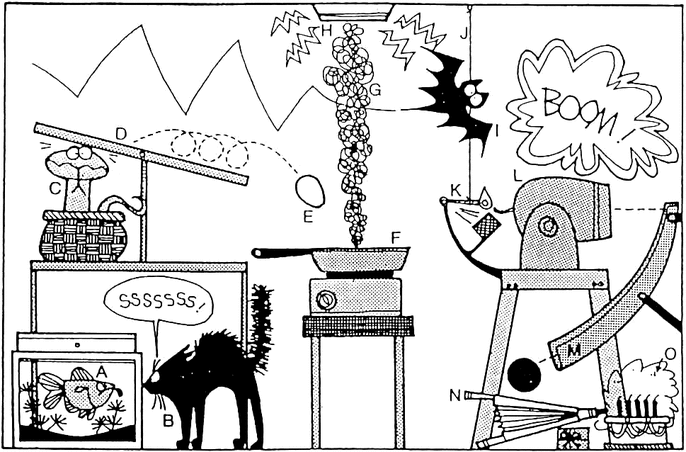7.P.1.1 Explain how the motion of an object can be described by its position, direction of motion, and speed with respect to some other object.
VOCABULARY
7.P.1.2 Explain the effects of balanced and unbalanced forces acting on an object (including friction, gravity and magnets).
VOCABULARY
7.P.1.3 Illustrate the motion of an object using a graph to show a change in position over a period of time.
7.P.1.4 Interpret distance versus time graphs for constant speed and variable motion.
VOCABULARY
7.P.2.1 Explain how kinetic and potential energy contribute to the mechanical energy of an object.
7.P.2.2 Explain how energy can be transformed from one form to another (specifically potential energy and kinetic energy) using a model or diagram of a moving object (roller coaster, pendulum, or cars on ramps as examples).

7.P.2.3 Recognize that energy can be transferred from one system to another when two objects push or pull on each other over a distance (work) and electrical circuits require a complete loop through which an electrical current can pass.
VOCABULARY
7.P.2.4 Explain how simple machines such as inclined planes, pulleys, levers and wheel and axles are used to create mechanical advantage and increase efficiency.
VOCABULARY

- Want a bunch of interactives to play, I mean experiment with? Try here

